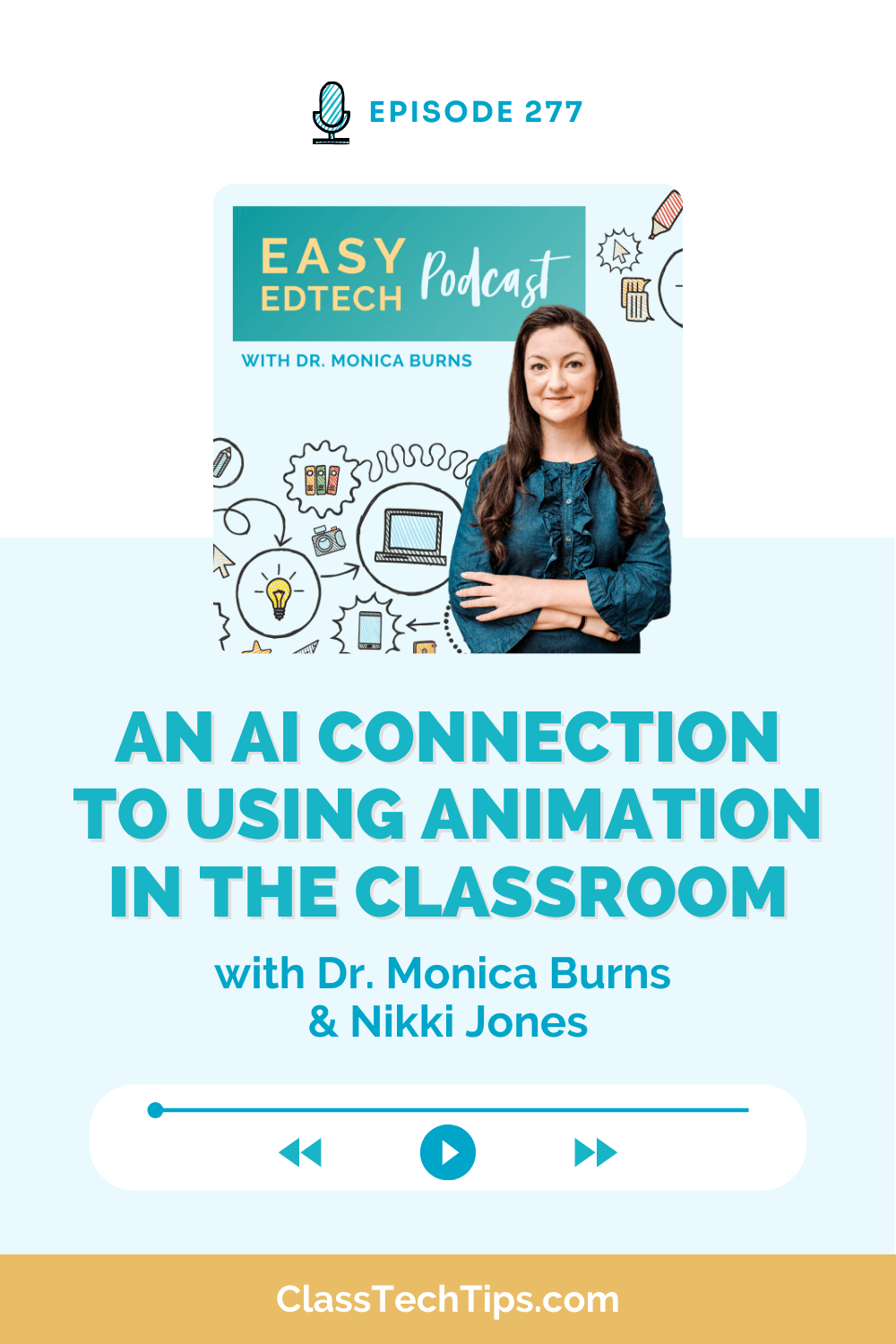No two students are exactly alike. They come from different backgrounds, have different learning preferences, and learn at different paces. So when it comes to classroom learning, teachers all over the country work hard to take these issues into account. In order to learn best and meet their true potential, students need different instructional supports or scaffolds. This is where differentiated instructions comes into play.
If the content is arranged in rooms of a house on different floors, differentiation is the ladders and staircases. They are strategically placed to help students move up to the next floor. In keeping with the same metaphor, it doesn’t matter whether students use a ladder or a staircase—or an escalator for that matter. What’s important is that students are growing—moving up to the next floor.
Student growth is crucial to learning and because all learners are different, differentiation is key in cultivating growth. So what are some ways teachers can differentiate for their students, both in and outside of the classroom? Study.com has created a brand new hub on differentiated instruction which is bursting with strategies and resources to support teachers. This post includes key areas to consider when getting started with differentiated instruction. There is a promo code at the bottom of this post so you can dive in and try Study.com for yourself!
Create a Student-Centered Classroom
One of the best ways to differentiate for your students is to shift the dynamic in your classroom. You can move from teacher-centered to student-centered instruction. In a lecture setting or traditional classroom, a teacher is doing most of the talking. You can shift the learning load to students by creating opportunities for students to collaborate and explore new course content. When students work together to reach a common goal, they put new information, skills and strategies into action in your classroom.
Collaboration is a skill students can use outside the classroom, too. If you’ve taken a look at my book Tasks Before Apps: Designing Rigorous Learning in a Tech-Rich Classroom, you’ve already seen my chapter on collaboration. Collaboration is important in team sports, on the playground, and in the workforce. Giving students opportunities to hone collaborative skills is important for meeting their instructional needs. It also prepares students to work with others outside of the classroom.
Kicking off a new lesson
Before teaching lessons, you can activate students’ prior knowledge in lots of different ways. Give students surveys, pre-assessments, or anticipation guides. Utilize a KWL at the beginning of a unit or lesson, or decide if problem-based learning is a good fit for your next unit of study. Not only can activating students’ prior knowledge value what they bring to the table, it gives you an idea of what student experiences you can leverage when introducing new content.
Taking student interests into account is also important when kicking off a new lesson. Connect to students’ interests to engage all learners. Especially those who may not show an immediate interest to a new topic. You might try connecting a writing exercise to a student’s favorite sports team or a topic related to a popular video game. By gauging student interest early, you can make decisions on how to kick off a new unit of study or one-day lesson.
Utilize Technology Judiciously
In building off of my “tasks before apps” mindset, it’s important to put learning goals front and center. When technology is strategically integrated into a lesson it can transform a lesson. Judiciously incorporate technology into lessons to give opportunities for all students to access the curriculum. Digital tools can help teachers prepare content for different learners with individual instructional needs.
Technology can also prepare students to become self-directed learners in the future. We can help students develop transferrable skills in the classroom to apply to whatever new type of technology comes on the scene. Identifying your learning goals, success criteria and audience for student work is important to take into consideration when choosing new technology.
Learning Styles in Action
Learners of all ages consume new information in different ways. Some have definite preferences for how they learn best and other jump around through different mediums Taking a range of learning styles into account is an important factor in meeting students at their instructional level.
You can create opportunities for learners to become more self-aware. You might ask questions like: Do you know your own preferences for learning? Do you know when and how you learn best? Working with students to uncover these skills and cultivate them, can encourage students to seek out differentiated opportunities to maximize their learning potential.
Check out the new differentiated instruction hub at Study.com for practical, useful ideas and resources. And as a giveaway to our readers, if you like their site you can use the promo code StudyComTeacherDiffPromo to get 20% off the first three months of their teacher plan!








